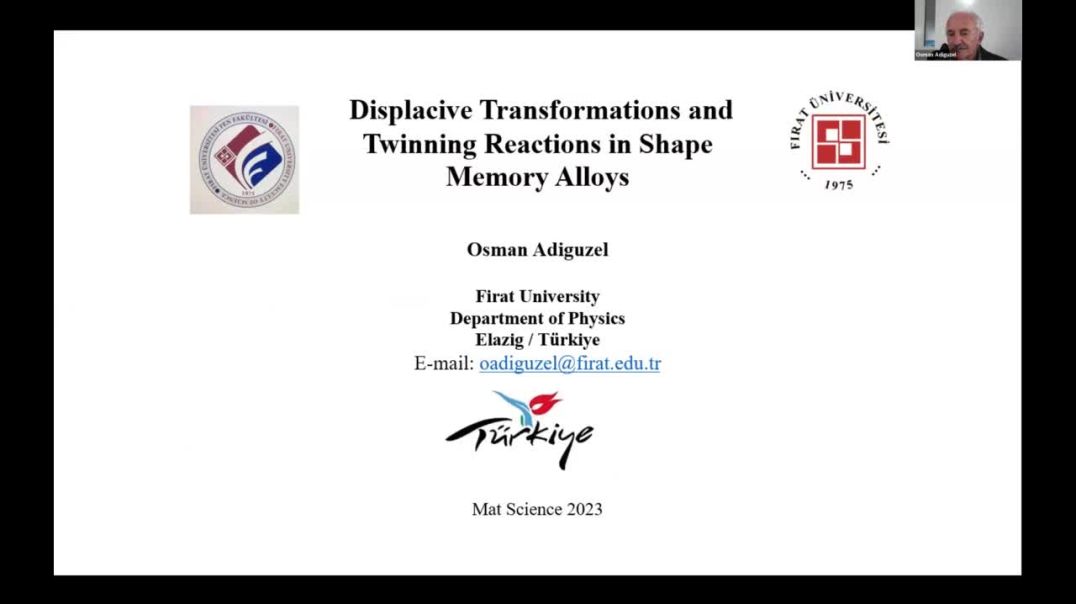Displacive Transformations and Twinning Reactions in Shape Memory Alloys | Osman Adiguzel
Summary :
A series of alloy system take place in a class of functional materials due to stimulus response to external effect. Shape memory alloys take place in this group by exhibiting a peculiar property called shape memory effect. This phenomenon is characterized by the recoverability of two certain shapes of material at different conditions. Shape memory effect is initiated with thermomechanical processes on cooling and deformation, and performed thermally on heating and cooling, with which shape of the materials cycle between original and deformed shapes in reversible way. Therefore, this behavior can be called Thermal Memory or Thermoelasticity. This deformation is plastic deformation, due to the soft character of the material in low temperature condition, deformation energy is stored in the material and released on heating by recovering the original shape. These alloys are used as shape memory devices in many fields such as medicine, metallurgy, building industry. This property is result of two displacive transformations, thermal and stress induced martensitic transformations. Thermal induced martensitic transformation occurs on cooling with cooperative movements of atoms by means of lattice invariant shears in <110 > -type directions on the {110} - type planes of austenite matrix, along with lattice twinning and ordered parent phase structures turn into the twinned martensite structures. Twinned structures turn into the detwinned structures by means of stress induced martensitic transformation, by stressing material in the martensitic condition. Atomic movements are confined to the neighbor atom distances, and martensitic transformations are diffusionless or displacive transformations.
About Author :
Dr. Adiguzel graduated from Department of Physics, Ankara University, Turkey in 1974 and received PhD- degree from Dicle University, Diyarbakir-Turkey. He has studied at Surrey University, Guildford, UK, as a post- doctoral research scientist in 1986-1987, and studied were focused on shape memory effect in shape memory alloys. His academic life started following graduation by attending an assistant to Dicle University in January 1975. He became professor in 1996 at Firat University in Turkey, and retired on November 28, 2019, due to the age limit of 67, following academic life of 45 years. He supervised 5 PhD- theses and 3 M. Sc- theses and published over 80 papers in international and national journals; He joined over 120 conferences and symposia in international level with contribution. He served the program chair or conference chair/co-chair in some of these activities. Also, he joined in last six years (2014 - 2019) over 60 conferences as Keynote Speaker and Conference Co-Chair organized by different companies. Additionally, he joined over 120 online conferences in the same way in pandemic period of 2020-2022. Dr. Adiguzel served his directorate of Graduate School of Natural and Applied Sciences, Firat University, in 1999- 2004. He received a certificate awarded to him and his experimental group in recognition of significant contribution of 2 patterns to the Powder Diffraction File – Release 2000. The ICDD (International Centre for Diffraction Data) also appreciates cooperation of his group and interest in Powder Diffraction File.




